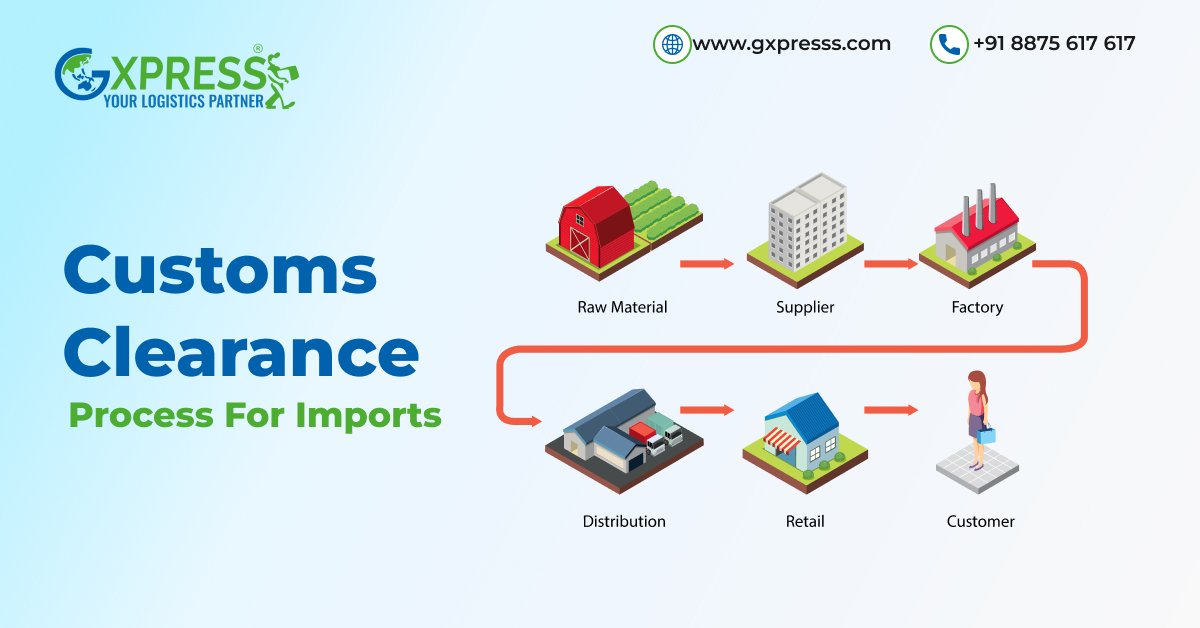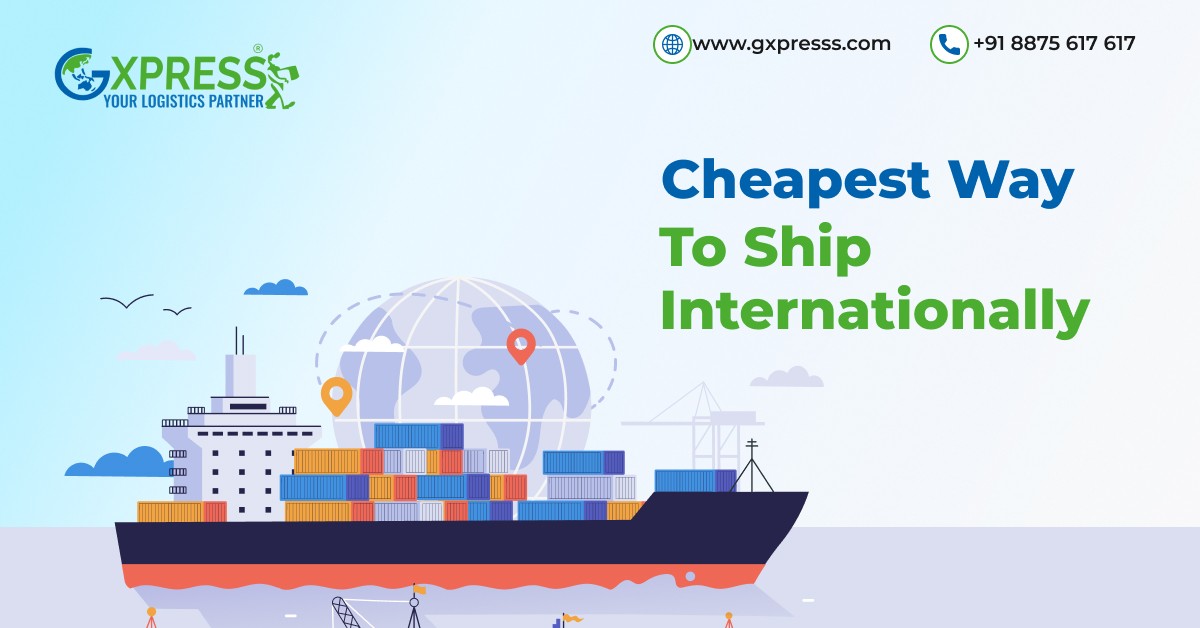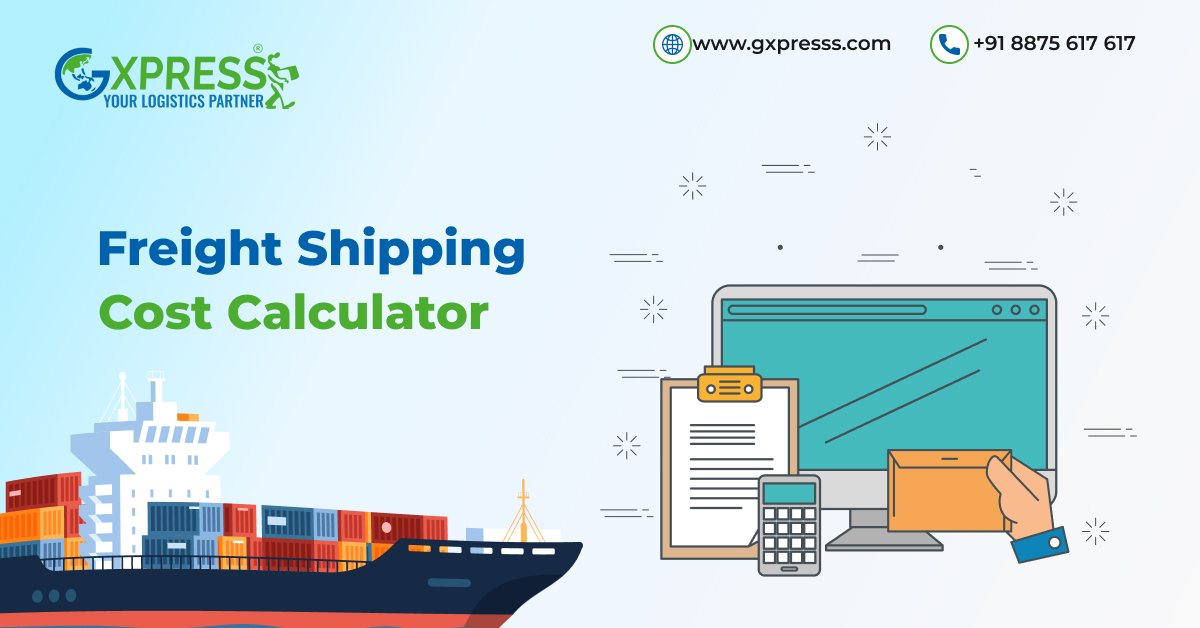August 26, 2025Freight8 min readBy Admin
India's Evolving Role in Global Trade: Opportunities and Challenges for Logistics and Freight Forwarding
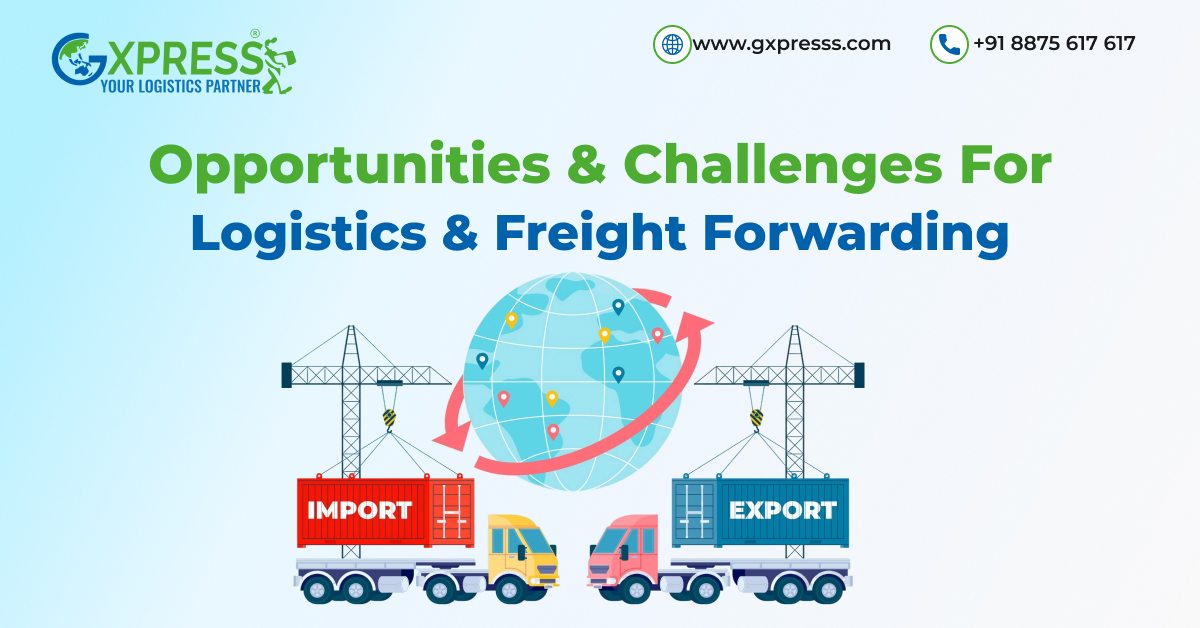
Not long back, India was like a new player in the field of freight and logistics, getting ready on the side, full of hope, yet to find its beat. Now, the game has shifted. From the busy docks in Mumbai to the smart load paths of the Delhi-Mumbai Industrial Corridor, India is moving up on the world stage not just as a player but as a big force in world trade.
This big move was not by chance. With a fast-growing economy, better making power, and bright tech progress, India’s moving and cargo push field is having a big change that the whole world is watching. Yet with big hope comes big mix-ups, especially in a land with many types of ground, long roads, and many rules.
If you are selling and want to grow wide, buying from far lands wanting good flow lines, or a cargo pro riding this change, getting this big shift is key to finding chances. Let’s talk it out.
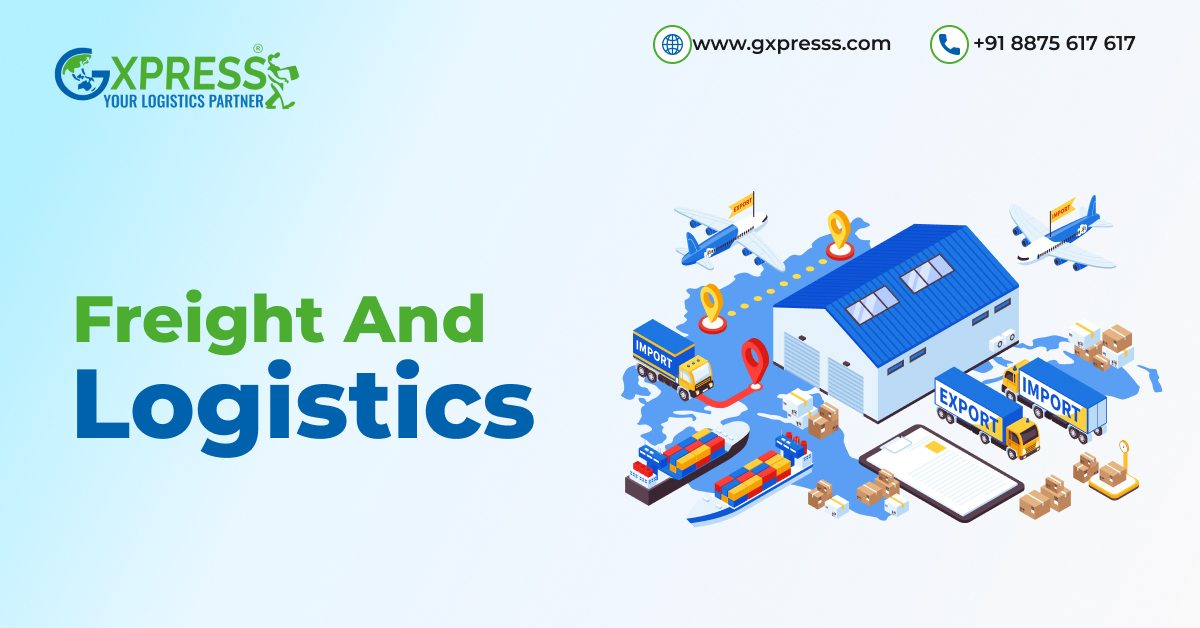
What is the Meaning of Freight and Logistics?
Suppose you have a pack of mangoes you’re sending to the UK. You have a small business of selling organic fruits. The mangoes you send will be the freight, and how you get them to their destination, that’s logistics. The term ‘freight’ is often used when companies are transporting things. Otherwise, ‘cargo’ is used. What is Freight? This is about things like cargo or goods sent from one place to another, by air, sea, rail, or road. It's the “what” of world trade: boxes of clothes, tech, tools, or even food that can go bad. What is Logistics? This covers the big plan: setting up, doing, and taking care of moving and keeping goods. That’s basically what logistics is. Getting things from point A to point B is the main goal. All done for the right price. In other words, if freight is a box of mangoes sent abroad, logistics is the smart planning that keeps those mangoes fresh with cold boxes, best paths, and quick send-off.Freight Forwarding Process: How Does It Work?
Freight forwarding is the middleman that connects the seller to the buyer. It includes helping you out with customs, documentation, and regulations, making your work easier. Here’s the typical journey:- Planning and Quotation
- Booking and Pickup
- Export Documentation
- Transportation to Port/Airport
- Customs Clearance in the Origin Country
- Main Transportation
- Customs Clearance at Destination
- Final Delivery
Difference Between Freight and Logistics
Although people often use “freight” and “logistics” interchangeably, they’re not the same.| Aspect | Freight | Logistics |
| Definition | Goods being transported | The process of planning and managing transportation |
| Scope | Specific to cargo | Broader (includes storage, warehousing, and inventory management) |
| Focus | The “what” | The “how” |
| Examples | A shipment of steel rods | The network of trucks, ships, warehouses, and software ensures the steel reaches the factory on time |
Latest Developments in Freight and Logistics
These are the newest ways for you to bridge the gap in the market currently:1. National Logistics Policy (NLP)
Set up in 2022, the NLP wants to cut help costs from 13-14% of GDP to about 8%, making what India sends out more able to fight. Opportunity for sellers: Lower costs let you set lower prices for your goods in world markets.2. Digitalisation and Smart Tracking
From routes planned by AI to blockchain-done documentation, tech is making every part of moving goods smoother. Opportunity for sellers: Live watching makes buyers trust you more and helps you run your supply lines in a sharp way.3. Multimodal Logistics Parks (MMLPs)
The leaders are making big hubs that mix road, track, air, and water travel. Opportunity for sellers: Faster, smoother links mean shorter wait times for stuff you send out and stuff that comes in.4. Support of E-Commerce Exports
Sites like Amazon Global Selling and Flipkart’s export plans are making it simpler for small and mid-sized Indian sellers to reach buyers across the world. Opportunity for sellers: You don't need to be a big maker to sell worldwide; online shops deal with most of the sales stuff.5. Green Logistics Plans
Caring for the Earth is key in goods and travel help, with electric trucks, LNG-run ships, and carbon fix plans. Opportunity for sellers: Earth-friendly acts can make your brand stand out in markets that care about the planet.
Challenges in Freight and Logistics
When you take on freight and logistics, you will run into many troubles:1. Infrastructure Gaps
Even with fast fixes, India still has long waiting times at ports, not enough space for cold storage, and even roads in rural places. For goods that spoil, this can ruin a lot.2. High Logistics Costs
Even with plans to cut them, India’s costs for moving goods are still more than the world's normal, which hurts how well they can do in markets that watch prices a lot.3. Regulatory Complexity
Different states, ports, and international destinations have varying compliance requirements. Missing a single document can delay shipments and rack up demurrage charges.4. Skilled Workforce Shortage
Moving goods now needs smart workers who can use tech tools and follow rules well. Not having enough trained people can make things slow.5. Global Disruptions
Global problems, changing fuel costs, and epidemics can hit supply chains fast, making things late or more costly.6. Last-Mile Delivery Challenges
In selling goods abroad online, making sure the final delivery is on time and cheap can be hard, more so in far or little-served places.Conclusion
India now plays a big part in world trade for freight and logistics, and not just on the side. It is the main act. The freight and logistics sector is the core and the link that connects Indian firms to the world. For sellers, there are many chances: good roads, new tech, help from the government, and a high demand for Indian products. But there are also big issues: high costs, tough rules, and world risks they must deal with smartly. The main part is picking the right freight forwarders for moving goods, using new tech, and keeping up with what's new in the trade. As India keeps growing strong in world trade, those who are good at moving things well and sure will do more than just get by; they will do very well. In the end, moving goods is about more than just the how-to. It ties India into the world's money web, making sure that from a home-made rug in Jaipur to high-tech machine parts from Bengaluru, the world gets the best of what India has.Frequently Asked Questions
Q1. What is freight forwarding in logistics?
Freight forwarding is the act of setting up and looking after the transport of goods from one place to another, taking care of all needs, from documents and customs to picking the best paths and movers.Q2. What are the three types of freight?
The main kinds are land freight (road and rail), sea freight (moving by water), and air freight (flying goods).Q3. What is the difference between logistics and freight services?
Freight services deal with moving stuff from one spot to another, while logistics looks at the wider plan, setup, and care of the whole supply chain, including keeping stock and transport.Q4. What is the biggest challenge in logistics?
One big problem of logistics is the high cost of moving goods, often due to gaps in setup, changes in fuel costs, and slow work styles.Q5. How does freight logistics work?
Freight logistics means making plans for the shipment, setting up ways to move goods, caring for documentation, getting past customs, tracking items, and making sure things get to where they need to be on time and as they should be.Q6. What is freight vs cargo?
Both are about moving goods, but freight is more often tied to company shipments and moving services, while cargo is more linked to goods moved by water, air, or big vehicles.Share this article:

